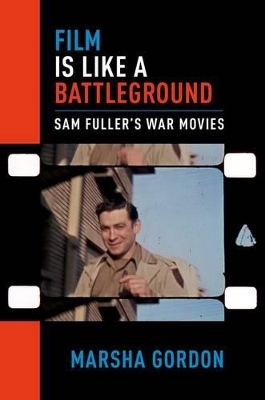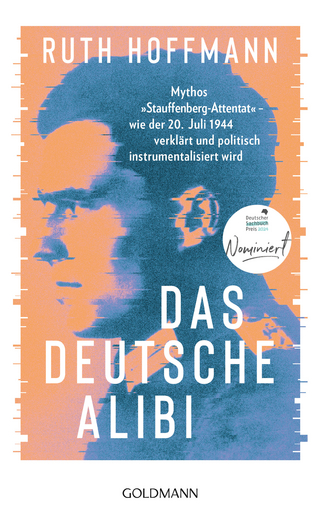
Film is Like a Battleground
Oxford University Press Inc (Verlag)
978-0-19-026975-3 (ISBN)
Film is Like a Battleground: Sam Fuller's War Movies is the first book to focus on the genre that best defined the American director's career: the war film. It draws on previously unexplored archival materials, such as Fuller's Federal Bureau of Investigation files and WWII-era amateur films, to explore the director's lifelong interest in making challenging, thought-provoking, and often politically dangerous movies about war.
After establishing the roots of Fuller's cinematographic schooling in the trenches during World War II, including careful consideration of his 16mm footage of a Nazi camp at the end of that war, Film is Like a Battleground explores Fuller's first forays into hot war representation in Hollywood with the pioneering Korean conflict films The Steel Helmet (1951) and Fixed Bayonets (1951). This pair of films introduced Fuller to his first run-ins with the American political machine when they triggered both FBI and Department of Defense investigations into his political sympathies and affiliations. Fuller's cold war films Pickup on South Street (1953) and, though it veers into hot war territory, Hell and High Water (1954) are Fuller's responses to the political pressures he had now personally experienced and resented. A chapter on Fuller's representation of pre-American-invasion Vietnam in China Gate (1957) alongside his unrealized Vietnam war screenplay, The Rifle (ca. late 1960s), illustrates the degree to which Fuller's representation of war and nation shifted even as he continued to probe war's impossible contradictions.
Film is Like a Battleground would be incomplete without a thorough exploration of the films depicting the war Fuller personally experienced and spent a lifetime contemplating, WWII. Verboten! (1959), Merrill's Marauder's (1962), and The Big Red One (1980) demonstrate Fuller's representation of a morally justifiable war. Fuller's 1959 CBS television pilot--Dogface--offers a glimpse at one of Fuller's failed attempts to bring his WWII story into American living rooms. The book concludes with a chapter about a documentary film made late in the director's life that returns Fuller to the actual site of the Nazi's Falkenau camp, at which he discusses his experiences there and that powerful, unforgettable footage he shot in the spring of 1945.
Dr. Marsha Gordon is Associate Professor of Film Studies at North Carolina State University. She is the author of Hollywood Ambitions: Celebrity in the Movie Age, co-editor of Learning with the Lights Off: A Reader in Educational Film, and the former editor of The Moving Image journal.
Acknowledgments
Abbreviations
Introduction
Ch 1: Sam Fuller's First War Movie
Ch 2: A Complicated Conflict: The Steel Helmet & Fixed Bayonets!
Ch 3: Cold War Stories: Pickup on South Street and Hell and High Water
Ch 4: More War in Asia: China Gate & The Rifle
Ch 5: Looking Back at World War II: Verboten!, Dogface, & Merrill's Marauders
Ch 6: Reimagining the War: The Big Red One
Conclusion: Returning to the Scene of the Crime: Falkenau -- The Impossible
Bibliography
Index
| Erscheinungsdatum | 29.01.2017 |
|---|---|
| Zusatzinfo | 88 illus. |
| Verlagsort | New York |
| Sprache | englisch |
| Maße | 155 x 234 mm |
| Gewicht | 522 g |
| Themenwelt | Kunst / Musik / Theater ► Film / TV |
| Geschichte ► Allgemeine Geschichte ► 1918 bis 1945 | |
| Sozialwissenschaften ► Kommunikation / Medien | |
| ISBN-10 | 0-19-026975-8 / 0190269758 |
| ISBN-13 | 978-0-19-026975-3 / 9780190269753 |
| Zustand | Neuware |
| Haben Sie eine Frage zum Produkt? |
aus dem Bereich


